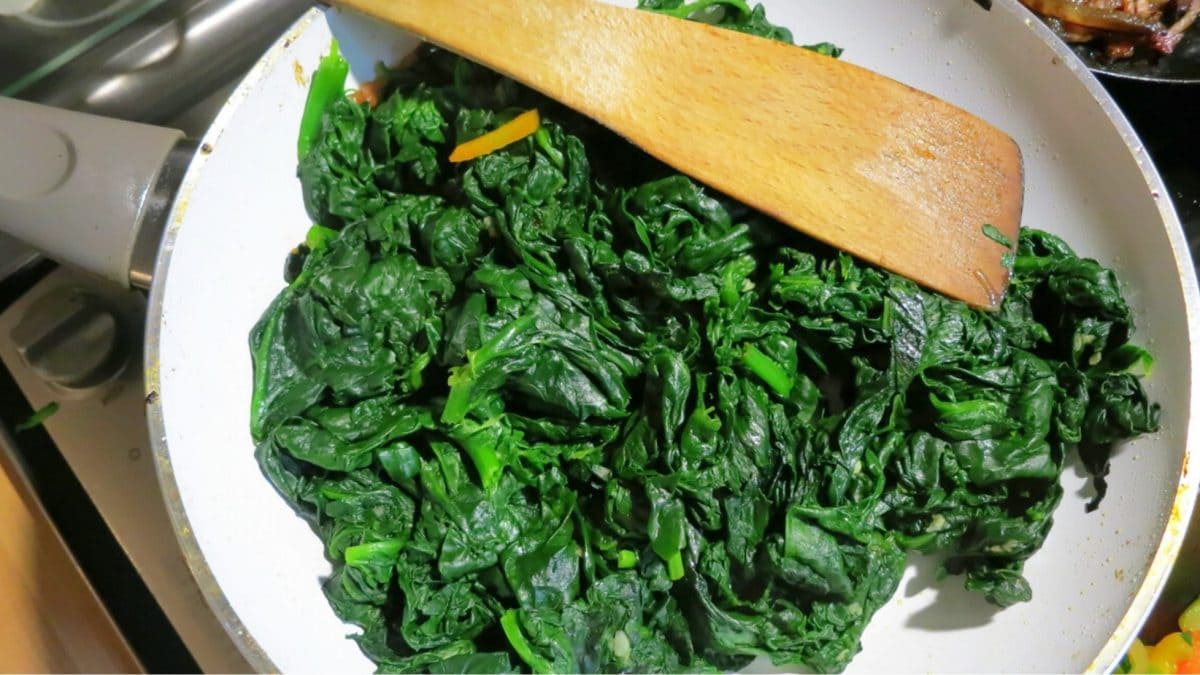
Spinach is a powerhouse of nutrition—packed with vitamins, antioxidants, and minerals that do wonders for your body. Whether it’s sautéed as a side dish, tossed into a salad, or blended into your morning smoothie, spinach is the versatile green that complements just about any meal. But, like all good things, it comes with a catch: while spinach is fantastic fresh, it’s not so great when reheated. In fact, if you have spinach leftovers, it’s best to enjoy them at room temperature and never toss them back into the microwave or oven. But why?
The Science Behind Spinach and Reheating
Here’s where things get tricky: spinach contains naturally occurring compounds called nitrates. Nitrates on their own are harmless and even beneficial, but when you reheat spinach, especially at high temperatures, these nitrates can break down into nitrites and, in some cases, even nitrosamines—compounds that are potentially harmful when consumed in large amounts. Think of it as spinach’s little quirk. So, while it’s safe when cooked once, reheating can lead to these chemical changes that make your leftover greens less healthy and possibly risky.
Now, don’t panic—eating reheated spinach won’t send you to the ER after one serving. But consistently reheating and eating spinach could potentially cause issues over time. And let’s be honest, reheated spinach isn’t exactly the tastiest thing anyway.

Does Spinach Turn Toxic When Reheated?
The million-dollar question: does reheated spinach become toxic? Technically, it doesn’t “turn toxic” in the way we often imagine, like some cartoonish green fog rising out of the dish. But as mentioned earlier, reheating it alters its chemical composition, which might increase the presence of less desirable compounds like nitrites. The key is moderation. One reheated spinach lasagna won’t doom you, but to stay on the safe side, it’s better to avoid reheating it whenever possible.
Plus, reheating can sap spinach of its vibrant, fresh flavor, turning it into a sad, soggy shadow of its former self. Let’s keep spinach at its prime, shall we?
What About Microwaving? Is That Safe?
Here’s the thing: microwaves have gotten a bad rap over the years, but when it comes to spinach, they aren’t necessarily the villain. The problem isn’t the microwave itself—it’s the reheating. Whether you’re zapping your spinach in a microwave, tossing it back in a pan, or even popping it in the oven, the same chemical changes occur. So no, microwaving doesn’t magically make spinach safer to reheat. The nitrates will still break down, no matter how you warm it up.

What can you do instead? If you find yourself with leftover spinach, it’s better to eat it cold or let it come to room temperature. Toss it into a salad, fold it into a wrap, or sprinkle it over a fresh dish. Anything to avoid the dreaded reheat.
Do Utensils Matter?
You might be wondering if the utensil you use for reheating makes a difference—does a stainless-steel pan affect spinach more than a microwave-safe bowl? The truth is, the kitchen tools themselves don’t play much of a role here. The problem isn’t the utensil, it’s the reheating process itself. Whether you’re using fancy cookware or a trusty plastic container, the chemical breakdown in spinach happens because of the heat, not the tool. So, even if you feel loyal to your microwave or stovetop, the best option is still to avoid reheating spinach altogether.
;Resize,width=767;)
